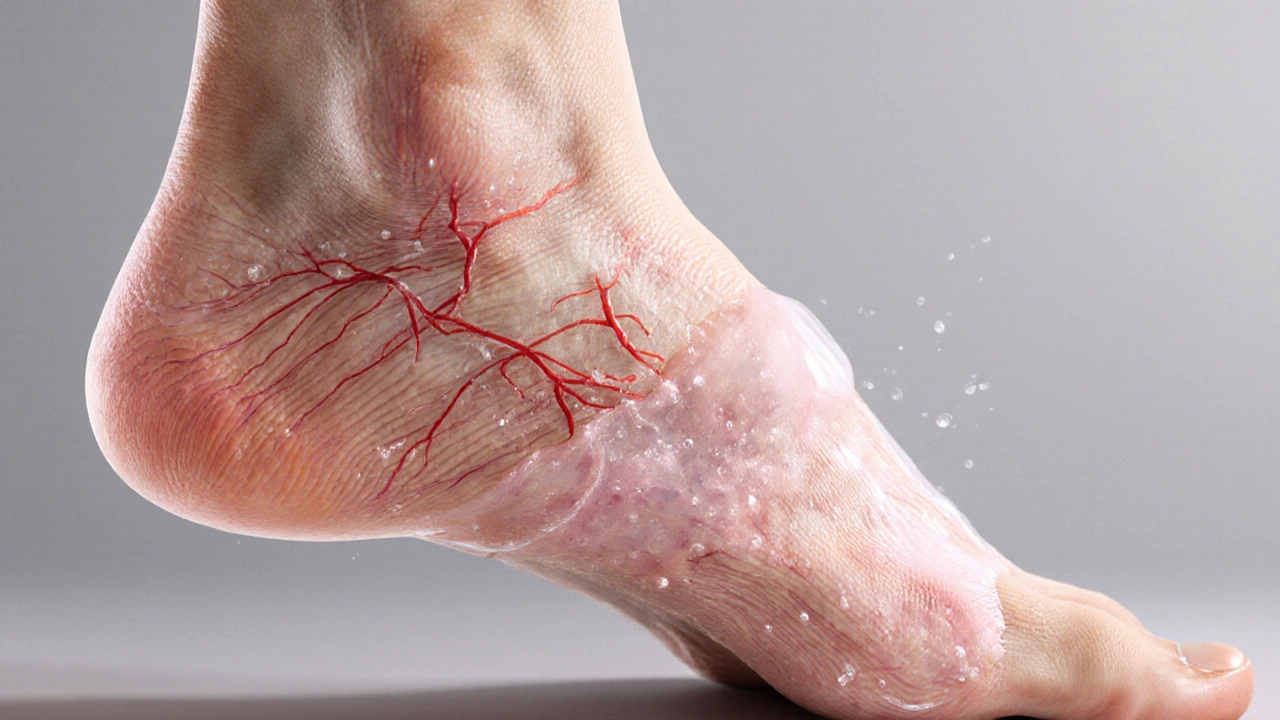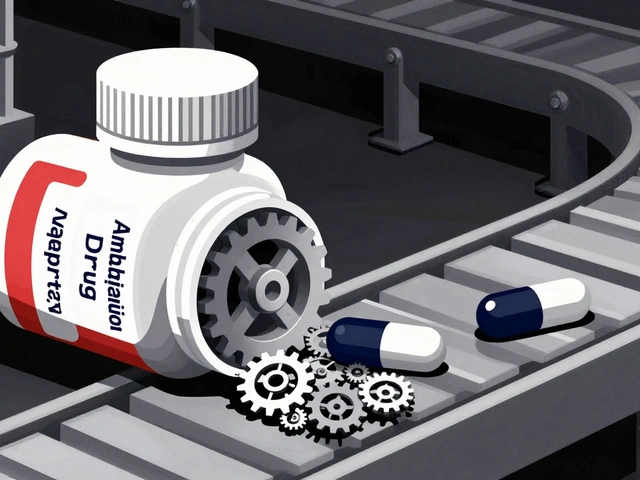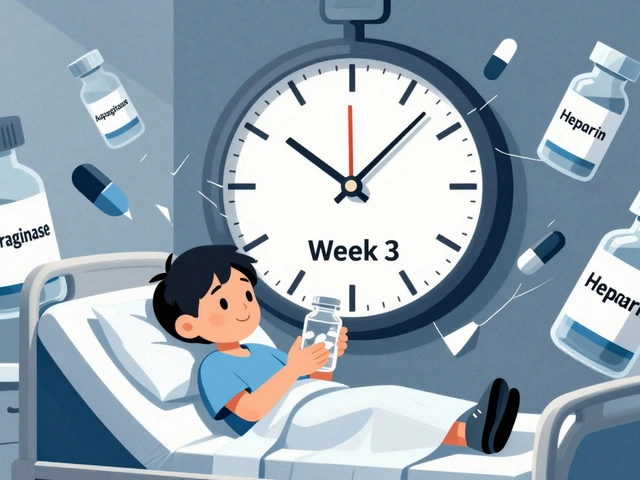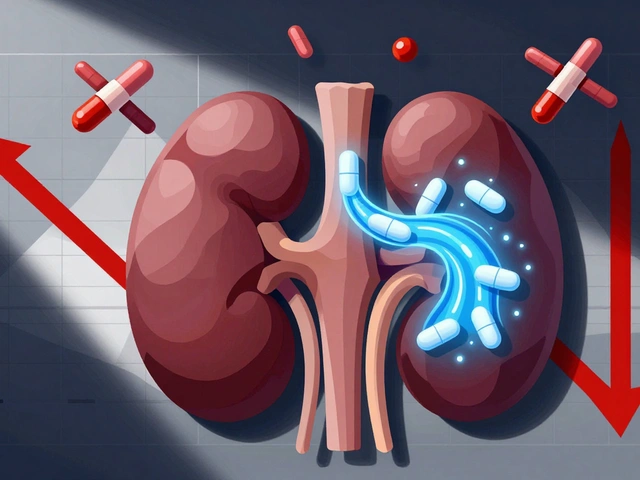Fluid Retention: What It Is and Why It Matters
When dealing with fluid retention, the buildup of excess fluid in the body’s tissues that often leads to swelling. Also known as edema, it can signal kidney issues, heart problems, or hormonal imbalances and can make everyday activities uncomfortable. Fluid retention isn’t just a cosmetic concern; it reflects how well your body regulates water, salts, and blood pressure.
One major player in this process is diuretics, medications that increase urine output, helping the kidneys flush out excess sodium and water. Diuretics are often prescribed when heart failure, a condition where the heart cannot pump blood efficiently, leading to fluid backup in the lungs and legs triggers swelling. Together, they illustrate the triple relationship: fluid retention requires proper electrolyte balance, diuretics influence fluid levels, and heart failure can exacerbate retention.
Key Factors That Influence Fluid Retention
Understanding electrolyte balance, the equilibrium of minerals like sodium, potassium, and magnesium that control fluid movement across cell membranes is essential. High sodium intake pulls water into the bloodstream, raising pressure and prompting the body to hold onto more fluid. Low potassium, on the other hand, can hinder the kidneys’ ability to excrete sodium, worsening swelling. This EAV view shows that fluid retention’s attributes—cause (excess sodium), symptom (leg swelling), and treatment (diuretics, diet change)—are tightly linked.
Another common cause is medication side‑effects. Certain antihypertensives, steroids, and even some antidepressants can disrupt the kidney’s filtering capacity, leading to fluid buildup. Lifestyle choices matter too: prolonged standing, lack of movement, and even tight clothing can impede circulation, allowing fluid to pool in the lower extremities. Recognizing these triggers lets you act early, whether that means adjusting your diet, reviewing prescriptions, or adding gentle exercise.
Nutrition plays a preventive role. Cutting back on processed foods high in salt, boosting potassium‑rich fruits and vegetables, and staying well‑hydrated may sound counterintuitive, but proper hydration prompts the kidneys to release excess water rather than retain it. In practice, swapping salty snacks for a banana or adding a handful of leafy greens can shift the electrolyte balance enough to reduce swelling over weeks.
For those already experiencing noticeable edema, simple at‑home measures complement medical treatment. Elevating the legs above heart level for 15‑20 minutes a few times a day, wearing compression stockings, and gentle massage can encourage fluid to return to circulation. Combining these tactics with a doctor‑prescribed diuretic often yields faster relief.
Our collection below dives deeper into each of these angles. You’ll find guides on safe online purchases of diuretics, comparisons of popular edema‑reducing supplements, and practical tips for managing fluid retention when you have heart failure or kidney disease. Whether you’re looking for medication advice, lifestyle tweaks, or a solid understanding of the science behind swelling, the articles ahead have you covered.

Swelling Explained: Causes, Types, and How to Reduce It
Learn why swelling happens, the difference between inflammatory and non‑inflammatory edema, when to seek help, and practical steps to reduce puffiness.
read more




